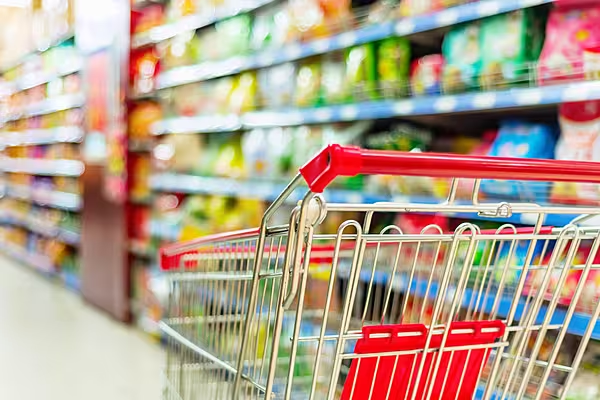While 2021 has gotten off to a shaky start, businesses are optimistic that the coming 12 months will be less troublesome than the last – a period that saw traditional operating models torn up or reconfigured, seismic shifts in consumer needs and wants, and the emergence of trailblazing new disruptors.
For the biggest firms operating in the retail and consumer good sectors, the COVID-19 pandemic has impacted sales and profitability to differing degrees – those more exposed to the HoReCa or foodservice channel, for example, were among the hardest hit.
Across the board, attention has focused on streamlining operations, pivoting towards growth areas (such as e-commerce), and putting in place structures to ensure that they can ‘build back better’.
‘Extremely Challenging’
“In 2020, the macroeconomic environment was extremely challenging,” Paolo Leschiutta, Moody’s senior vice president and a lead analyst covering the consumer goods sector, tells ESM. “When companies started to see some degree of recovery in consumption during Q3, the second wave hit Europe with new lockdown measures. There are a number of sectors that continue to be disrupted and didn’t really recover, while others have made some sort of a recovery.
“If you look specifically at alcoholic beverage companies, for example, many of them are largely exposed to the on-trade channel – close to half of their revenues for some companies – and certainly those were hit hardest. But if you look in general at food companies, these were certainly less affected and actually experienced strong growth from home consumption.”
According to Moody’s, GDP contracted by around 3.8% in 2020, on a global level, and while a rebound of 4.9% is anticipated for this year, both the retail/CPG sector and consumers alike are far from being out of the woods.
“Certainly, consumption remains slow, and consumer confidence is at an extremely low level,” says Leschiutta. “Some sectors never really recovered, due to their exposure to specific channels, such as travel retail or foodservice. But overall I would say that food companies in general, and consumer products companies have responded quite well.
“Another positive note is that consumer savings are at quite a high level. Certainly, unemployment has increased across a number of countries, but at the same time, a lot of people have been able to increase their savings because they haven’t spent on travel or other items. That would suggest that eventually there will be a release of pent-up demand in sectors that were more affected by the crisis.”
In other words, while the coming year is likely to see a continuation of many of the challenges of the past 12 months, the longevity and depth of these depends on factors beyond the business sector’s control.
“We’re expecting ongoing disruption in 2021, but that will largely depend on how effective the vaccine will be, and how long it will take to roll out across Europe,” says Leschiutta. “At this stage, I think it’s fair to say that consumer confidence will remain low for a good part of the year.”
Ahead Of The Curve
In November, Barclays issued a series of outlook reports for the food, beverage and HPC sectors, seeking to shed some light on the year ahead, at a macro level.
As it examined, COVID has been the ‘biggest swing factor’ for European food businesses over the past year, as categories with exposure to at-home food consumption benefitted, while those exposed to out-of-home or on-the-go consumption were severely hit. In addition, the reintroduction of lockdown measures at the end of the year is likely to hamper recovery efforts, at least in Europe, while markets like China and India are ‘ahead of the curve’ on recovery.
In beverages, Barclays noted that the pandemic has ‘wreaked havoc’ on the sector, with two of its core channels decimated: pubs, bars and restaurants on the one hand, and travel retail on the other. If there is light at the end of the tunnel, however, it is that premiumisation appears to have accelerated, while some markets, like China, appear to have put the pandemic largely behind them.
In home and personal care, meanwhile, Barclays noted that COVID has led to ‘very significant growth’ in the hygiene and surface-cleaning categories – Reckitt Benckiser being a particular beneficiary – and while a ‘degree of normalisation’ looks likely as vaccine roll-outs gain pace, this market is likely to remain ‘substantially elevated’, compared to its pre-crisis level.
In other words, recovery is on the way, but a return to past glories may be a while in coming.
© 2021 European Supermarket Magazine – your source for the latest retail news. Article by Stephen Wynne-Jones. Click subscribe to sign up to ESM: The European Supermarket Magazine.














